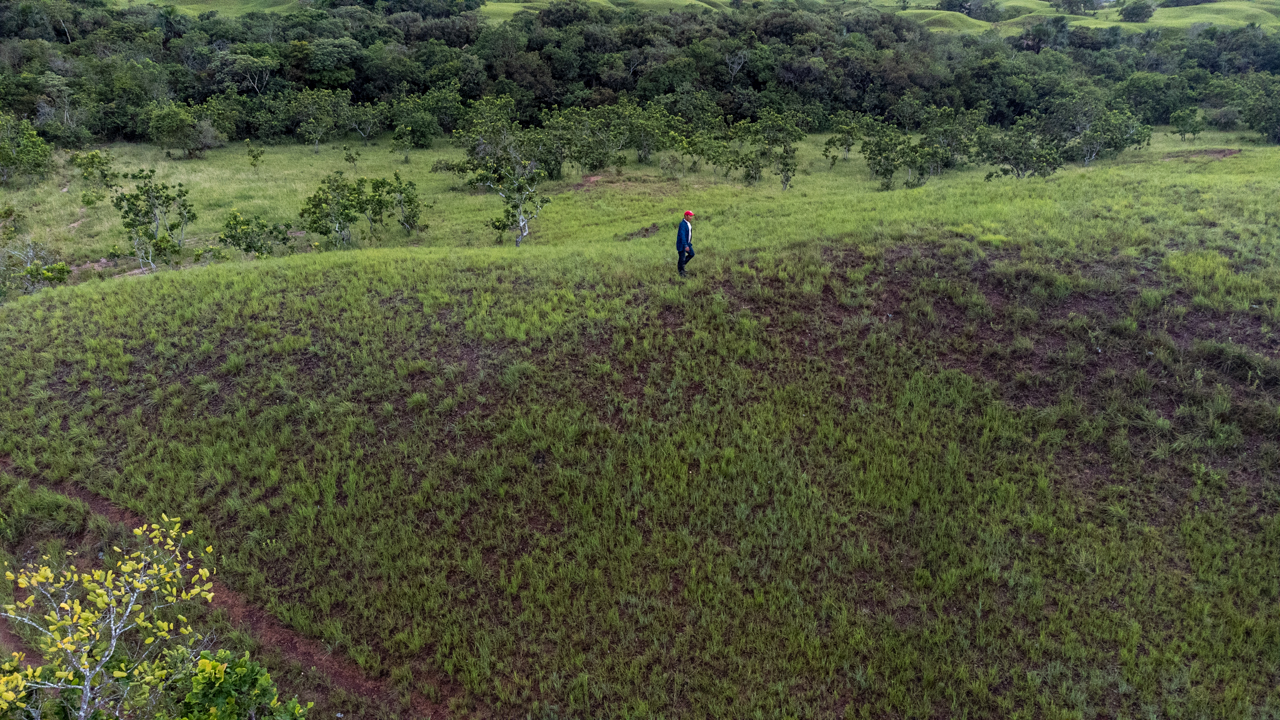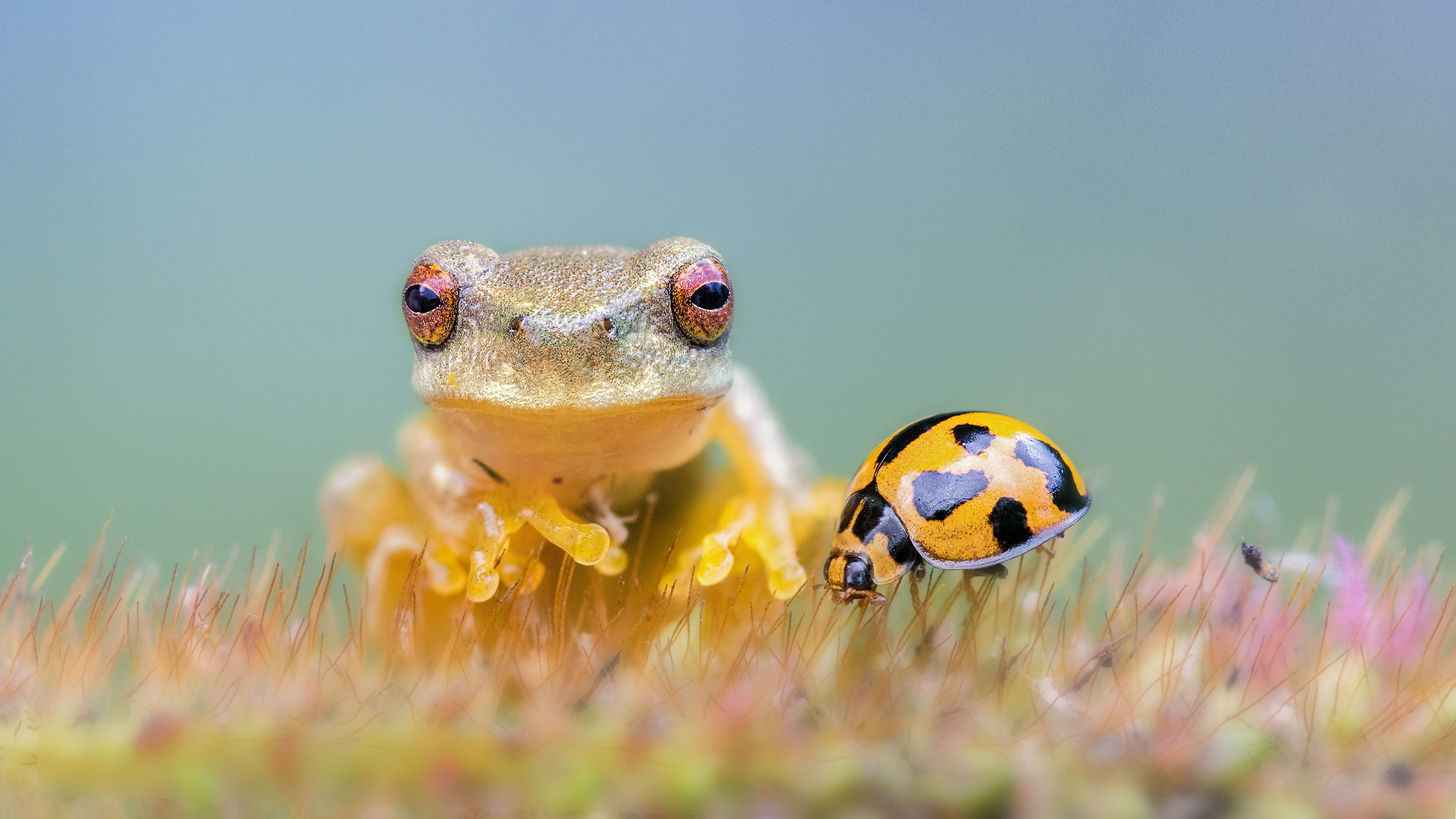The dual crises of climate change and mass wildlife extinctions threaten to forever change our world, but there is hope. By protecting 30% of the planet’s oceans, lands, and freshwaters by 2030, people and nature can thrive together into the future.
What is 30x30?
30x30 is a worldwide initiative for governments to designate 30% of Earth’s land and ocean area as protected areas by 2030.
30x30 is a shared roadmap to a nature-positive future.
For the first time in human history, the world has come together with a common goal to protect nature. In December 2022, over 190 countries adopted the Kunming-Montreal Global Biodiversity Framework (also known as The Biodiversity Plan) – an international commitment to better protect the planet that sustains us all.
The framework includes 23 targets aimed at reversing habitat and species loss. Target 3, colloquially known as “30x30”, specifically calls for the effective protection and management of 30% of the world’s terrestrial, inland water, and coastal and marine areas by the year 2030.
Put simply, 30x30 is the biggest conservation commitment the world has ever seen. To date, more than 190 countries have committed to achieving the global goal.

30x30 calls for the effective protection and management of 30% of the world’s land, fresh waters and oceans by the year 2030.
Human wellbeing depends on 30x30 success
The world’s wild places are being lost, and along with them we are losing the natural systems that protect us from the consequences of climate change. Scientists agree that we must protect at least 30% of lands, fresh waters and oceans by 2030 to have any chance of stemming the dual crises of biodiversity loss and climate change facing our planet.
Currently, only about 17% of land and 8% of marine areas are currently under some form of protection. Even then, in many cases, the effectiveness of that protection is in doubt.

The world’s wild places are being lost, and along with them we are losing the natural systems that protect us from the consequences of climate change.
30x30 can be achieved—with the right solutions
30x30 is an ambitious target and represents a significant commitment by the 190 countries that have adopted the Global Biodiversity Framework. Protected areas are one of the most effective ways to conserve biodiversity and they remain a cornerstone of biodiversity conservation strategies. By establishing new protected and conserved areas, and more effectively managing existing ones, protecting 30% by 2030 is possible.
To realize this global vision, national governments, local communities and others must work together to create lasting protection of the most critical places needed to support all life on Earth.
How we can achieve 30x30
But how will the world achieve these lofty goals in a way that is cost-effective and equitable? Business as usual will not be enough.
We need to be strategic about what we protect and how.
Protection efforts must focus on large areas that together are ecologically representative of all natural diversity. They should include places that provide valuable ecosystem services, and they should be well-connected with corridors to improve resilience to climate change and avoid the creation of ecological islands. Protection work should also consider the value of areas that are not formally managed for conservation, like community and Indigenous lands, which can have direct and significant benefits to wildlife and ecosystems.
We need protected area management that works.
Without good management, protected areas are just lines on paper. Improving and tracking management effectiveness, ensuring local support and involvement and establishing long-term financing for stewardship are key to ensuring that conservation is durable enough to last in perpetuity.
We need inclusive conservation strategies.
Achieving the 30x30 goals will only be possible with the full engagement of Indigenous Peoples and local communities, who collectively manage a significant proportion of the world’s terrestrial, marine and freshwater habitats. The importance of socially inclusive conservation strategies has been demonstrated time and time again around the world. Conservation that includes Indigenous Peoples and local communities in decision-making roles have noticeably higher success rates than those where outside entities override local control.
We need to leverage new tools.
Protected areas are part of a much larger matrix of strategies needed to conserve a minimum threshold of 30% of the natural world before the end of this decade. Policies to curb wildlife trade and natural resources extraction, reduce pollution and mitigate climate change would greatly improve their success. Further, establishing payment structures that recognize the benefits of natural areas to human society—from freshwater supply to carbon sequestration to the mitigation of natural disasters like fire and hurricanes—can motivate new funding for conservation and protected areas management.
Tools and Resources
We are developing resources and materials to support countries in their 30x30 ambitions.
- Best Practice in Delivering the 30x30 Target
A resource developed by TNC in partnership with IUCN’s World Commission on Protected Areas and Equilibrium Research, funded by DEFRA.
Download in English, Spanish. French, Portuguese
- 30x30.solutions
The 30X30.solutions Toolkit is a curated web resource, providing guidance and information for policymakers and practitioners implementing Target 3 of the Kunming-Montreal Global Biodiversity Framework. Developed in partnership between The Nature Conservancy, the High Ambition Coalition for People and Nature, and the IUCN-WCPA, 30x30.solutions houses a growing suite of resources for countries and organizations to design, implement and report on 30X30 strategies and action plans.
Explore 30x30.solutions for tangible ways to contribute to 30x30
The 30x30 goals are vital to the future of all life on Earth—including our own. These goals are bold and unprecedented in scale, but they are also achievable through coordinated and collaborative efforts that build off best practices. TNC is committed to 30x30 as our guiding framework for protection going forward.










